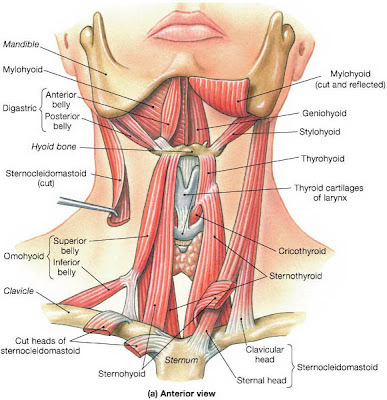To begin to answer this question, you first must decide what a language is. Linguists have four criteria for sounds to be a language. One, each vocalization has a certain order – the short "i" sound always precedes the "en" sound in the word “in.” Second, the must be order between vocalizations – this is syntax. Three, the vocalizations can not be tied to or defined by a specific emotional state – you can yell the word “Hey,” either to let someone know to stop doing something, or to call out to a friend you haven’t seen. And four, novel localizations are understood – you can say something that has never been said before, but those people listening to you will understand its meaning.
If sounds follow those four rules, then they are an oral language. So humans have spoken language and other animals don't - although the majority of people don’t use it very well. A discussion could be had as to whether whale song is language, whether American Sign Language is true language, and whether parrots can really talk.
But the question remains, why are humans so much better at making sounds and language. We share 98% of our genes with chimpanzees, but they can make only three dozen or so vocalizations. Humans can make hundreds of different sounds – every noise required for every language on Earth. Where did we separate from apes in terms of speaking?
Current hypotheses focus on two areas; brain molecular biology and body anatomy. First the anatomy – we can make more vocalizations because of how our throats and chests have evolved.
To make sounds, you must be able to expel air in a controlled manner, this requires rib muscles and innervation to allow controlled exhalation – we got it, apes don’t. The air that is expelled passes over the vocal folds and vibrates them – this produces sound waves. The wave that is produced is based on the way your muscles change the shape of the vocal fold cartilage, and one way to alter the laryngeal muscle tone and shape is by moving your tongue.
The tongue is a muscle, and ours goes further back in our throat as compared to that of apes. Theirs is housed completely within their mouth, but ours is attached much deeper, and we can change the shape of our voice box by using our tongue. You can stick out your tongue and move it side to side and feel your Adam’s apple move.Your adam's apple is NOT the same thing as your hyoid bone; the adam's apple is the laryngeal prominence associated with your voice box, but you can see that moving your tongue can modulate the vocal folds.
The other characteristic of the tongue that makes a difference is that it is our most sensitive touch appendage. We can make small and discrete moves with the tongue, and sense where it is in relation to our teeth and cheeks. This is another reason we can make so many different sounds, and is also why babies put everything in their mouths.
Anotheranatomical difference is that humans have a free-floating hyoid bone; it is the only bone in the human body that is not anchored to another bone. By attaching to the pharyngeal and tongue muscles, our hyoid helps us to make more sounds than just hoots and grunts. While apes do have a hypoid bone, it is not located as deep in their throat as is ours. In fact, humans infant larynx and hyoid bone anatomy looks a lot like ape anatomy, but as we grow, our voice box and hyoid bone descend in our throat, while those of the apes do not. This is one reason it takes babies a while to learn to speak, muscle tone being another.
Your ribs muscles, your tongue attachment and your hyoid bone are all good reasons why humans can make more vocalizations as compared to no human animals, but our brains matter too. The shear size of our brain means that we can devote more neurons to abstract thought, assigning meanings to vocalizations – this is the basis of a large dynamic language. But there is a molecular issue as well.
The Fox2p protein is involved in vocalization and in understanding language. In songbirds with a mutated fox2p, their song is incomplete and inaccurate. In humans, defects in fox2p activity lead to severe language impairments in both speaking and in understanding. The fox2p protein acts in just about every cell, so it has functions beyond language, but two small changes in the human fox2p amino acid sequence as compared to other animals make it so important in developing true language.
Next week we will take a quick look at the speeds at which organisms can move - is distance per unit time the best way to measure this?


